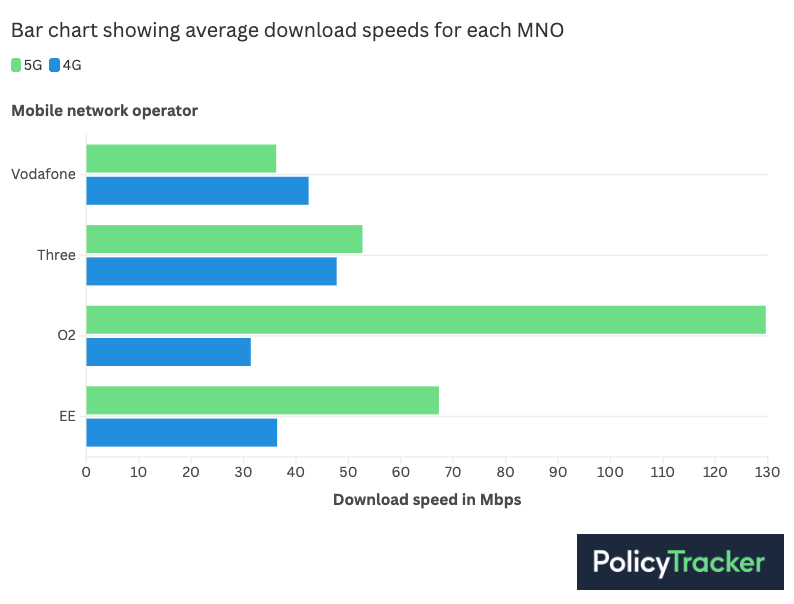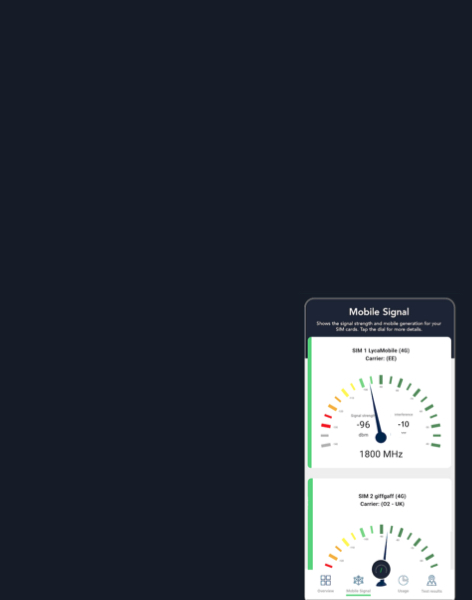Weekly Wrap: Are neutral networks changing the game for the City of London’s mobile networks?
We've been testing the small-scale approach taken by Freshwave which contrasts with the much larger investment made in places like Rome.
It’s rare for Londoners to agree on anything, but if there’s one thing universally acknowledged, it’s this: mobile signal in the City of London is patchy. Here, inside a square mile bursting with some of the UK’s most powerful institutions and teeming with bankers and executives, simply sending a WhatsApp message is often a battle against sub-4G speeds.
Enter Freshwave, a network company with the slogan “assured connectivity for everyone.” In 2022, they launched a pilot neutral network, essentially a shared infrastructure system, aimed at improving signal across the Square Mile. EE was the first to join. By the end of the trial in 2024, Freshwave had added 25 4G and 5G boosting sites: a serious upgrade. The trial, focused on 10 high-profile spots including Threadneedle Street and St Paul’s Cathedral, saw EE users download 7.5 TB of data a week. As a result, Vodafone and O2 jumped on board—though Three notably opted out.
PolicyTracker’s partner service, SignalTracker, recently tested the three operators signed up to Freshwave’s square mile project alongside the non-aligned Three.
In our results, we found that Freshwave’s service offered excellent boosts to mobile networks around St Pauls but moving through the City of London, those benefits quickly declined. For example, 100% of our EE tests were on 5G standalone near St Paul’s but on Threadneedle Street, that dropped to around 40%. This trend was followed with other mobile operators.
In the results of our speed tests, though 5G was being boosted by Freshwave cells in prominent tourist spots, Three held up extremely well. Their speed tests were faster than Vodafone for 5G (36.22 Mbps vs 52.68 Mbps) and not far off EE’s results.
This highlights the challenges of rolling out neutral host networks.

After Freshwave initiated their London trial, in June 2024 they announced a deal with O2 to improve Manchester’s network by placing 20 small cells throughout the city centre. Freshwave’s history with small cells goes as far back as 2020, when they collaborated with Croydon Council to enhance connectivity.
When do neutral hosts make sense?
A case study of the best justification for neutral network technology is Boldyn Networks’ successful and ongoing push to place thousands of radio units throughout the London Underground in order to allow customers to access high-speed 4G and 5G connections.
Sections of the Jubilee, Victoria and Northern lines as well as the entire Elizabeth line benefit currently, with the neutral host network model being particularly attractive in a difficult environment where operators suffer a potentially damaging capital investment to place their own technology inside the world’s oldest underground system. Hence operators paying Boldyn to use their equipment feels logical.
It is also worth noting that the GSMA have written in favour of infrastructure sharing to presage the development of 5G and eventually 6G networks, noting in a 2019 report that “operators should consider both sharing of passive infrastructure and sharing of active infrastructure to cost-effectively achieve the performance of sites and 5G capability.”
However, this level of restriction is not the case in the City of London, an open and relatively small section of a large city.
The Italian approach
Boldyn Networks’ deployment in Rome, supported by a public-private partnership and an investment of €97.7 million, involved installing 2,200 small cell signal propagation points across the city. This extensive infrastructure provides coverage and connectivity options for both public and private telecom operators by addressing common challenges such as cost, coverage gaps, and technology compatibility. The scale of the network encourages participation from multiple operators.
Time will tell which method provides the most value to users, Freshwave’s focused approach or the large-scale infrastructure rollout of Boldyn. For the former, this means demonstrating clear, immediate benefits, seamless integration and perhaps most importantly, an irresistible city-scale vision.
Read the full SignalTracker article here.
Here’s what else PolicyTracker covered this week:
- The UK government had pledged £41 million toward a ten-year-infrastructure project for low-earth-orbit satellite connectivity on all mainline trains”
- Opinions are divided on the European Commission’s Digital Network Act proposals with more than 300 responses received from across the industry.
- SpaceX is seeking access to the 2 GHz MSSMobile-satellite service (MSS) describes a… spectrum for D2D in the US by claiming Echostar has failed to use its spectrum.
- The BBC has stood by the “thriving” usage of shortwave radio despite Voice of America’s recent termination.
- Japan’s mobile network operators seek favourable terms ahead of the country’s first spectrum auction.
